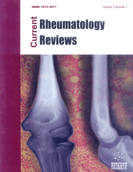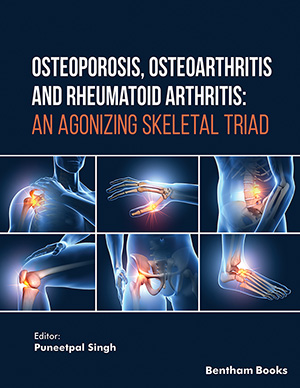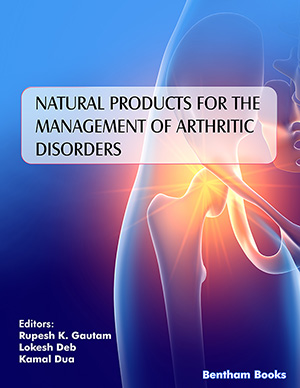Abstract
Systemic sclerosis (SSc) is characterized by vascular abnormalities, fibrosis, inflammatory changes, and late stage atrophy/obliterative vasculopathy. Localized scleroderma forms show a longitudinal or circumscribed skin involvement. In scleroderma-like disorders the distribution/characteristics of skin involvement seem to be ‘atypical’ as compared to classic SSc, and the acral skin involvement is usually missing. Exposure to certain chemicals or drugs may also suggest the presence of a scleroderma-like disease. Lack of Raynauds phenomenon, scleroderma-specific antinuclear antibodies, scleroderma capillary pattern on nailfold capillaroscopy, and typical internal organ manifestations may also indicate the presence of a scleroderma-like disorder. For differential diagnosis skin biopsy is almost always required. Scleroderma-like disorders include diseases with mucin deposition (scleromyxedema, scleredema, etc.). Some disorders show papular-nodular skin changes with or without dermal deposition of materials (amyloid, mucin deposition; fibroblastic rheumatism, etc.). Diseases with monoclonal gammopathy (scleromyxedema, POEMS syndrome, myeloma with scleroderma-like skin changes) also belong to the large group of scleroderma-like diseases. Some disorders are characterized by eosinophilia (diffuse fasciitis with eosinophilia, eosinophilia-myalgia syndrome, toxic oil syndrome), metabolic/ biochemical abnormalities (IDDM, nephrogenic fibrosing dermopathy), and endocrine abnormalities (POEMS syndrome, hypo/hyperthyroidism with mucin deposition, diabetes). Chronic graft-versus host disease (cGVHD) may also show scleroderma-like skin changes. Scleroderma-like disorders can be induced by drugs or chemicals (eosinophilia-myalgia syndrome, toxic oil syndrome, vinyl-chloride disease; cytostatic/appetite suppressant, etc), and also by physical injury (trauma, vibration stress, radiation injury). Inherited progeroid syndromes with early ageing (Werners syndrome, etc.), and a large heterogeneous group of hereditary disorders with either skin thickening (porphyria, phenylketonuria) or skin atrophy/tightening (restrictive dermopathy, scleroatrophic and keratotic dermatosis of the limbs, etc.) should also be taken in consideration in the differential diagnosis of scleroderma-like disorders. These categories are not mutually exclusive, because the remarkably different scleroderma-like diseases show overlapping features.
Keywords: Systemic sclerosis, scleroderma, scleroderma-like, sclerodermoid, skin thickening








